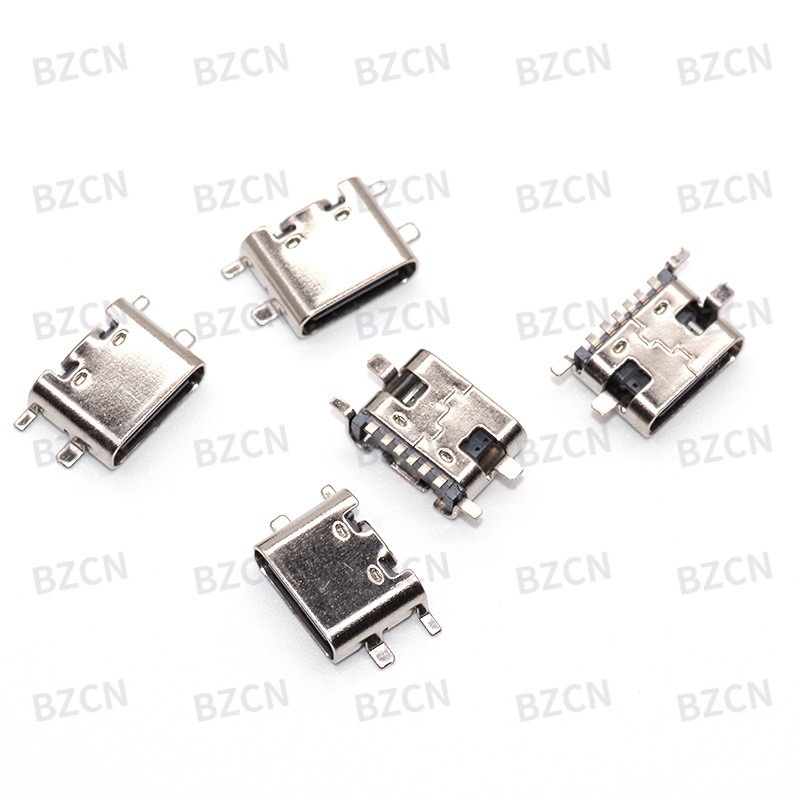1、 Mechanical properties
1. As far as the connection function is concerned, the plugging force is an important mechanical property. The insertion force is divided into insertion force and pull-out force (pull-out force is also called separation force), and their requirements are different. There are provisions on maximum insertion force and minimum separation force in relevant standards, which indicates that from the perspective of use, the insertion force is small (thus the structure with low insertion force LIF and no insertion force ZIF), and if the separation force is too small, it will affect the reliability of contact.
2. Another important mechanical property is the mechanical life of the connector. Mechanical life is actually a kind of durability index, which is called mechanical operation in the national standard gb5095. It takes one insertion and one pull-out as a cycle, and takes whether the connector can normally complete its connection function (such as contact resistance value) after the specified insertion and pull-out cycle as the evaluation basis.
3. The plugging force and mechanical life of the connector are related to the contact structure (positive pressure), the coating quality (sliding friction coefficient) at the contact part and the dimensional accuracy (alignment) of the contact arrangement.

2、 Electrical performance
1. Electrical connectors with high contact resistance shall have low and stable contact resistance. The contact resistance of the connector ranges from a few milliohms to tens of milliohms.
2. Insulation resistance is an index to measure the insulation performance between the contacts of electrical connectors and between the contacts and the shell. Its order of magnitude ranges from hundreds of megaohms to hundreds of gigaohms.
3. Electrical strength, or voltage withstand and dielectric withstand, is the ability to withstand rated test voltage between connector contacts or between contacts and housing.
4. Other electrical performance
Electromagnetic interference leakage attenuation is to evaluate the electromagnetic interference shielding effect of the connector, which is generally tested in the frequency range of 100mhz~10ghz.
For RF coaxial connectors, there are also electrical indicators such as characteristic impedance, insertion loss, reflection coefficient, voltage standing wave ratio (VSWR). Due to the development of digital technology, in order to connect and transmit high-speed digital pulse signals, some new connectors have emerged, such as high-speed signal connectors. Accordingly, in terms of electrical performance, in addition to the characteristic impedance, some new electrical indicators have emerged, such as crosstalk, transmission delay, time delay, etc.
3、 Environmental performance
1. Temperature resistance at present, the maximum working temperature of the connector is 200 ° C (except for a few high-temperature special connectors), and the minimum temperature is -65 ° C. When the connector works, the current generates heat at the contact point, resulting in temperature rise. Therefore, it is generally considered that the working temperature should be equal to the sum of ambient temperature and contact temperature rise. In some specifications, the maximum allowable temperature rise of the connector under the rated working current is clearly specified.
2. The invasion of moisture resistance will affect the insulation performance of the connection and rust the metal parts. The constant damp heat test conditions are 90% ~ 95% relative humidity (up to 98% according to the product specification) and temperature +40+20 ° C. the test time is at least 96 hours according to the product regulations. The alternating damp heat test is more rigorous.


